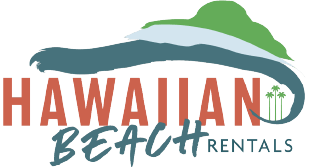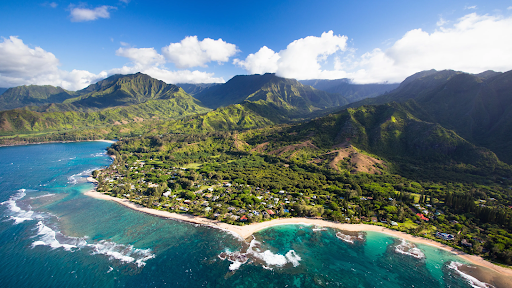The other day when I was sitting on the lanai of my Oahu Vacation Rental looking over the beautiful blue ocean I started thinking about these amazing Hawaiian Islands and how each one is so different. I also was thinking about how each of these islands has an Island Nickname that helps to describe how each island is different from the rest.
The Hawaiian archipelago (island group) includes eight main islands, and six of these are well-populated visitor destinations. These islands include Oahu, Kauai, Lanai, Molokai, Maui, and Hawaii Island (the Big Island).
Oahu – The Gathering Place
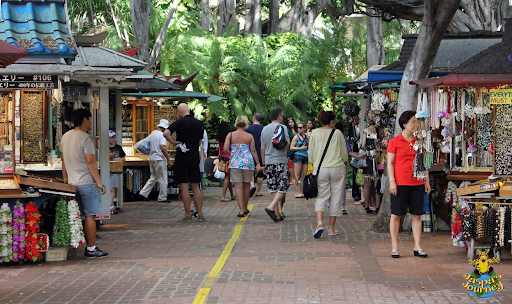
The island of Oahu is the third largest island and is known as “The Gathering Place.” Oahu measures about 44 miles by 30 miles with more than 100 miles of coast and as many beautiful beaches. Great surfing sites are found all around Oahu. Of course there is the north shore’s renowned Banzai Pipeline where the world’s best surfers ride huge waves.
Two parallel mountain ranges are Oahu’s main geographical features, and these include the older Waianae Mountains and also the deeply-furrowed Koolau Mountains. These ranges were formed by volcanic eruptions that occurred more than one million years ago. The two mountain ranges are also aligned perpendicular to the northeast trade winds, and this creates a wet windward side on east Oahu and a drier leeward side to the west. The majestic Koolau Mountains run north to south for the length of the island.
Kauai – The Garden Island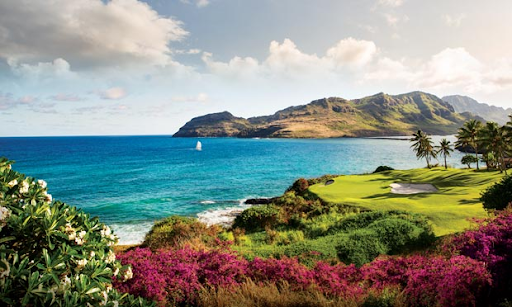
Kauai is known as “The Garden Island”, and is the fourth largest Hawaiian Island. Kauai is also the oldest of the eight main Hawaiian Islands – it formed about five million years ago. The age of Kauai accounts for its many stunning features including the awesome gorge of Waimea Canyon and the monumental sea cliffs of the Napali Coast.
Kauai is known for its beautiful green mountains and fine white-sand beaches.
Kauai’s Mt. Waialeale is one of the planet’s rainiest spots, receiving about 451 inches on average each year, which is the highest annual average in the world.
Molokai – The Friendly Isle
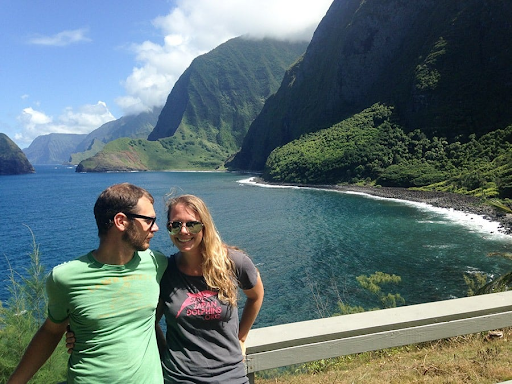
Molokai is known as “The Friendly Isle” and is the fifth largest Hawaiian Island. The island has no fast food chains or high-rise buildings, and also no major shopping centers. Molokai’s main town is Kaunakakai and is located on the island’s southern coast. Molokai has the highest percentage of native Hawaiians of any Hawaiian Islands except Niihau.
The sea cliffs along Molokai’s northern shore are spectacular, and they are said to be the highest sea cliffs on Earth.
Lanai – The Private Isle
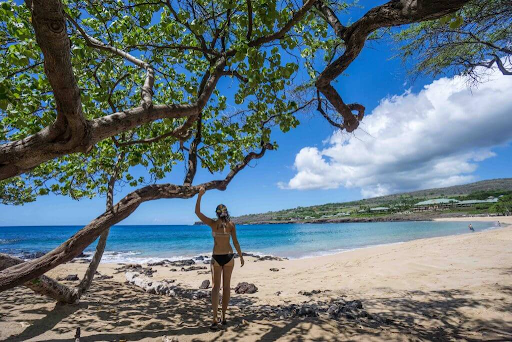
Lanai is known as “The Private Isle” and is the sixth largest Hawaiian Island. Lanai is also the smallest of the inhabited Hawaiian Islands.
There are very few paved roads on Lanai, and so a four-wheel drive vehicle comes in handy. From atop Lanaihale (“House [of] Lanai”) on a clear day you can see several other Hawaiian Islands.
Maui – “The Valley Isle”
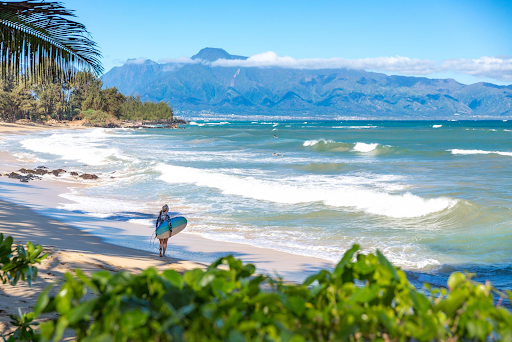
Maui is known as “The Valley Isle”, and is the second largest Hawaiian Island. Maui is known for its beautiful beaches and also for having many fun things to do and see.
Maui is also one of the best Hawaiian Islands for seeing humpback whales because they love the relatively shallow waters around the island.
The gentle hills of the East Maui Mountains rise high up to the 10,000-foot summit of Haleakala Volcano, which is also an important cultural site as it was used for ancient Hawaiian astronomy.
Western Maui is known for the championship golf courses and luxurious hotels at the beachfront resorts of Kaanapali and Kapalua. Many areas of Maui remain remote and undeveloped.
Hawaii Island – The Big Island
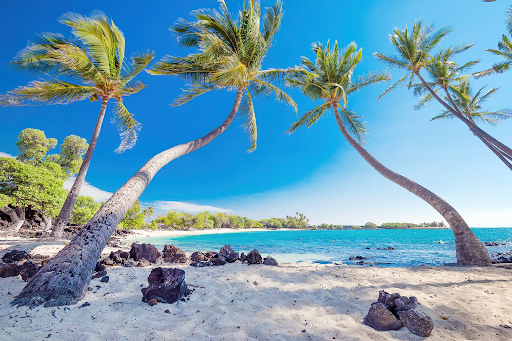
Hawaii Island, also known as “The Big Island” is known as “The Orchid Isle” and is the largest of the Hawaiian Islands. The Big Island is also the youngest island at less than 500,000 years old, and is twice as big as the rest of the Hawaiian Islands combined.
Hawaii Island continues to grow in size due to the active lava eruptions coming from Kīlauea Volcano, which is the most continuously active volcano on Earth. Kilauea has erupted almost non-stop since 1983 and lava from the volcano has flowed over more than 38 square miles, and also flows into the sea, adding to the island’s size and also making new material for black sand beaches.
Final Thoughts – The Hawaiian Islands
Well, I think it is quite amazing that these tiny little islands in the middle of the Pacific Ocean are so filled with wonderful places to visit, and amazing features from beautiful white-sand beaches to erupting volcanoes. Tonight I am going to stay in a wonderful Oahu Condo by the beach and ponder my future visits to all of the Hawaiian Islands.
